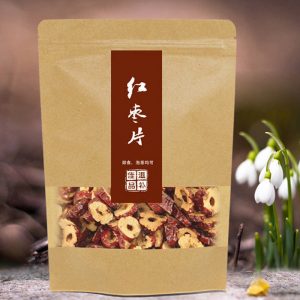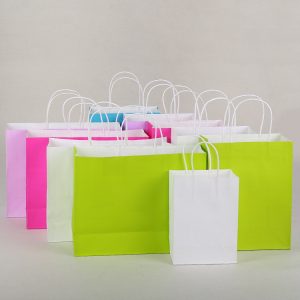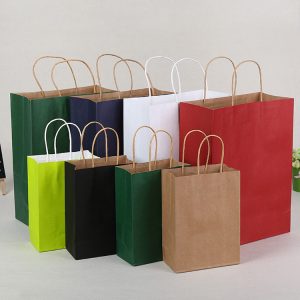Introduction of moisture-proof waterproof paper-based packaging materials (below)
Third, moisture-proof flat bonded cardboard
Flat bonded paperboard is a multi-layered material that is tightly bonded by two or more layers of flat paperboard. Flat bonded paperboard can be bonded to the outer and inner layers using different materials, generally using lower performance paperboard. The board is bonded with silica gel. The number of layers of the board depends on the request for the carton. The nature of the original data and its strength objectives should be taken into account. Flat bonded cardboard has higher strength targets and higher pressure resistance than corrugated cardboard.
The moisture-proof flat-bonded cardboard is made of moisture-proof original materials and is made of moisture-proof glue together, and can reach a certain moisture-proof ability. Some moisture-proof flat adhesive sheets are obtained by polyethylene treatment on the outside. Generally, a polyethylene cover layer is preliminarily sprayed on the outer layer of the rolled paperboard, and then pressed on the press machine with the paperboard. In this way, a flat layer having one or both sides of the polyethylene cover layer can be obtained. Bond the cardboard. Because polyethylene is impervious to water, it is necessary to use a binder with a small amount of water, such as latex, polyvinyl acetate emulsion, and hot melt. Progressive dry bonded paperboard is also moisture resistant and can be coated with a mixture of beeswax on its exterior. These adjuvants are all five-toxic data and do not form chemical contamination.
This moisture-resistant flat-adhesive cardboard package is mainly used for high-humidity conditions in which the package is required to meet the strength of the product, such as vegetables, explosives, various spare parts, hardware, etc., as well as goods transported in cold regions. Transfer box.
Fourth, waterproof packaging box
The waterproof wrapping paper gives the same packaging paper a strong waterproof function, which makes it greatly improved waterproof and moisture-proof. When loaded with bulk materials: cement, pesticides, fertilizers, etc., when it is rain or snow or the environment is wet, or the material itself absorbs moisture, it will not affect the strength of the packaging bag and keep the materials intact. Especially when used as a greenhouse cold-proof paper, it can be used for more than a few days without being soaked and not leaking. Rain and snow weather. The paper has waterproof performance. After rain and snow, the paper is firm and can be rolled up immediately without affecting the illumination of the greenhouse. Because of its waterproof function, it can greatly extend the service life of paper, and the use of this kind of waterproof wrapping paper in plastic greenhouses will undoubtedly promote the development of the basket mining project.
For plant fiber materials of waterproof wrapping paper, wood pulp, bamboo pulp, mash pulp and straw pulp can be used, so that the plant fiber material of recycled waterproof wrapping paper can be used, and wood pulp, bamboo pulp, mash pulp and straw pulp can be used to regenerate. Waste paper pulp. Can be used alone or in combination of two or more. Its waterproof function is achieved by adding a waterproofing agent to the slurry. Add rosin, aluminum sulfate, CCS-02 cationic starch, 992 water repellent during the pulping process before papermaking, and obtain the waterproof packaging paper that meets the requirements through the conventional papermaking technology.
The proportion of various types of waterproofing aids and plant fibers is based on the mass ratio: 0.5 to 6 parts per 100 parts of plant fiber, 4 to 20 parts of aluminum sulfate, and 0.5 to 4 parts of CCS-02 cationic starch. , participate in 992 waterproofing agent 0.5 to 12 parts.
The production technology of waterproof wrapping paper: take 1000Kg of natural pulp, first use hydraulic pulper to disperse at a concentration of 2% to 3%.
After high-frequency vibrating frame selection, the large grass knots, green sheets, sandstones, etc. are removed, and then the purification equipment is used to remove the relatively dense impurities such as sand and iron powder in the quality guess. Then, it is selected by centrifugation, and a large-sized magazine such as a fiber bundle which is not suitable for papermaking is removed, and concentrated and washed to remove the viscous substance mixed in the slurry. After the above process, the concentration of the slurry is adjusted to 4% to 4.5%, and after the pH reaches neutral, the beating treatment is performed. The short-fiber grass pulp is mainly composed of disintegration and silk separation, and the long-fiber coniferous wood pulp can be properly blocked. The degree of beating of the pulp is controlled at 24-32 ° SR. The sifted slurry is sent to the slurry for late use.
In the matching tank, first participate in 20kg rosin, mix for about 10min, then participate in 20kg CCS-02 cationic starch enhancer, mix for 15min, participate in 20kg992 waterproofing agent, then mix 15vmin, and finally participate in 120kg aluminum sulfate, mix for 15min, then adjust the slurry The pH value is 5.6 to 6.0, and the slurry concentration is 3.0% to 3.5%, that is, the slurry adjustment operation is completed. Then pumped to the pre-paste pulp tank, diluted to a concentration of 0.3% to 0.7%, sent to the paper machine for papermaking, after dehydration forming, mechanical pressing, dryer drying, to reach the paper, the next machine rewind, packaging ready-made goods Factory.
For more information about plastic packaging bags, please pay attention to sinceyoungpackage, if you have any comments on our information, welcome feedback











